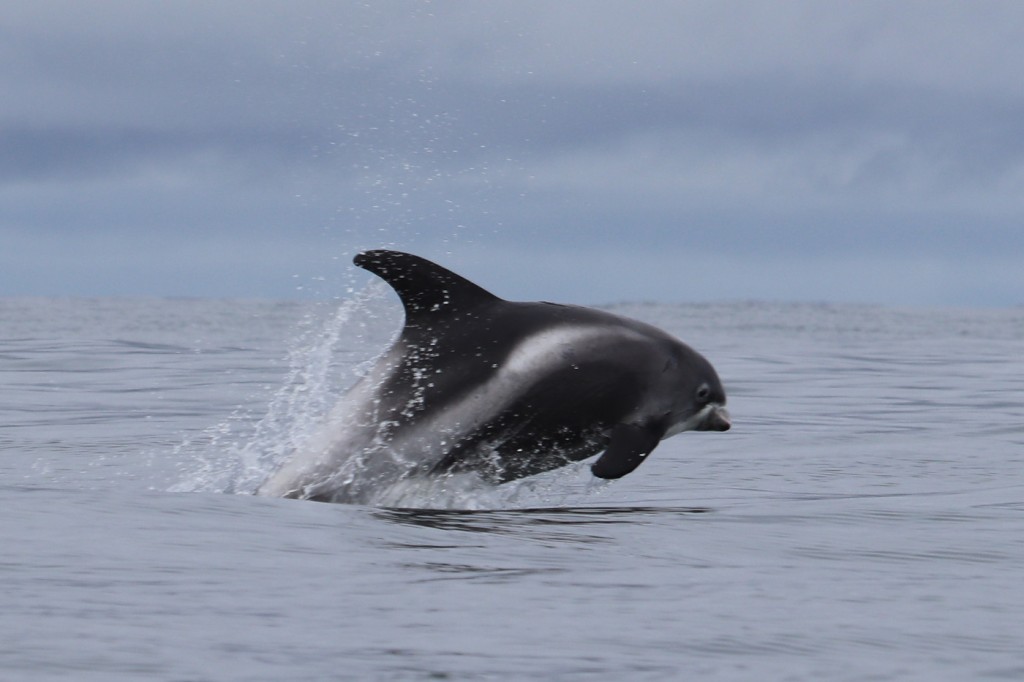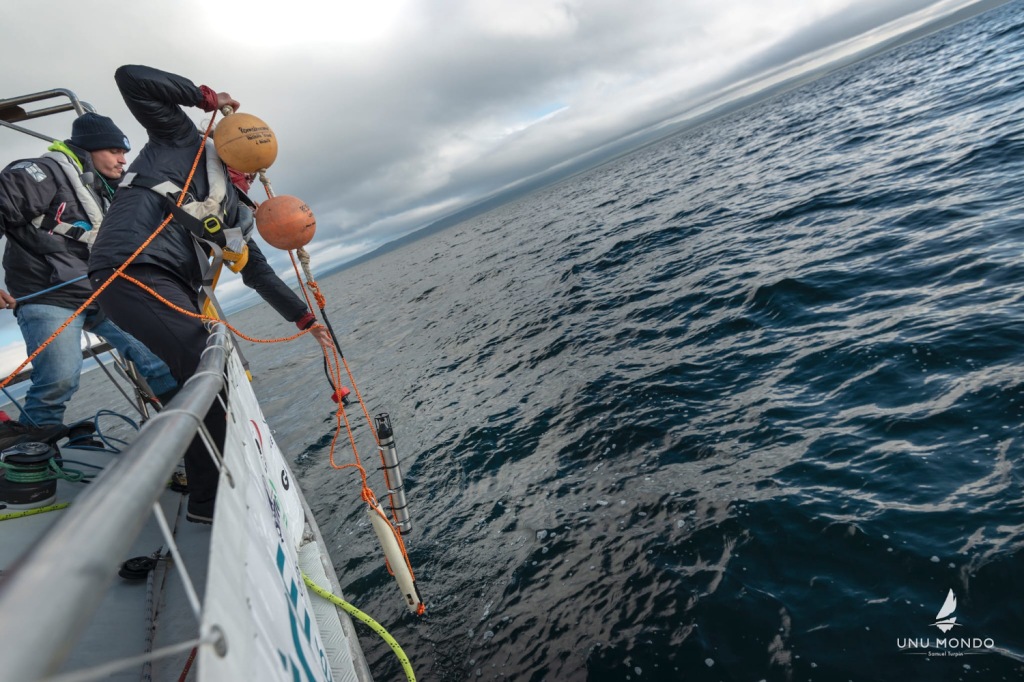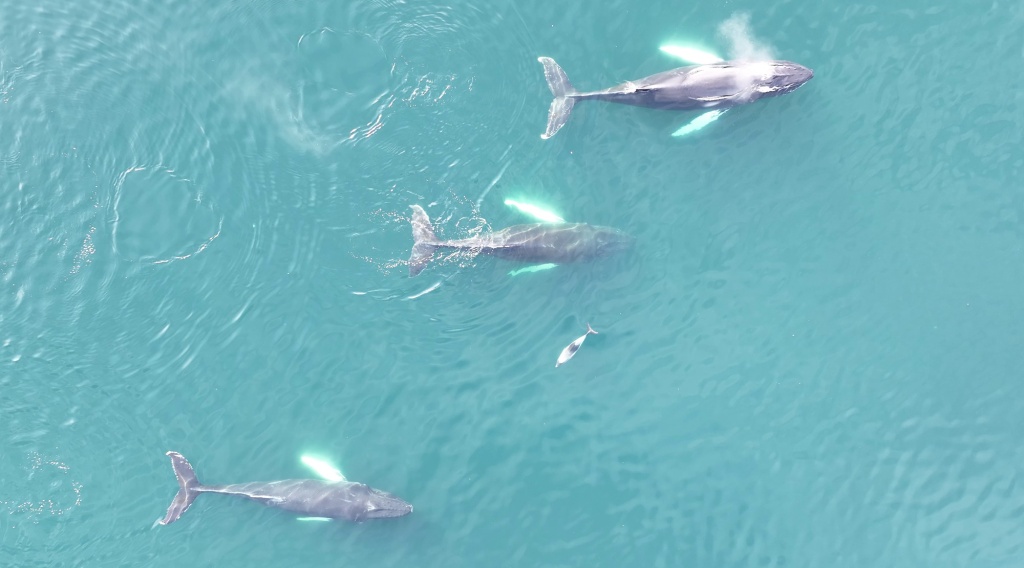Iceland 2024: a tale of two field seasons
By Tom Grove
Why have one field season, when you can have two?!
Normally, a Whale Wise field season is focused around a single major research project; we are based in one location and may travel to other areas over the course of summer. We often conduct other research projects along the way, such as hydrophone deployments and testing drone noise, but they are not the primary driving force for running a months-long field season.
However, 2024 will be different. Lasting from June to October, our summer research campaign will be split into two quite distinct seasons in different areas, involving three major research projects. Two projects were already established in previous years and one is completely new in 2024. Let’s take a journey through our 2024 plans …

June–July: Whales of Finnafjörður
First, I want to transport you to the remote northeast of Iceland, and the small fjord of Finnafjörður. Rolling hills and wide-open landscapes slope down to coastlines filled with the sounds of seabirds. This area is beautiful in its desolation, one of the most remote parts of Iceland. Due to its location, there is limited scientific knowledge about whales in the wider area, but anecdotal observations suggest that this could be an important foraging ground for species such as humpback whales. This information (or lack thereof) is important because there are plans to build a large port in this small fjord in the coming years to serve trans-Arctic shipping. Port construction and ensuing vessel traffic could negatively impact whales in the area, but without information on species occurrence, distribution and habitat importance, we cannot take steps to limit these potential impacts.
To address these knowledge gaps, we are using acoustic and visual methods to better understand whales in the area. This started with a year-long hydrophone deployment in 2021-2022; Amelie has analysed these recordings for her master’s thesis and we can’t wait to share those results soon. Sound recordings are very important to assess whale occurrence and behaviour, but shouldn’t be used in isolation – they don’t give accurate information about the absence of whales (i.e., a whale might be present but not vocalising) and it’s often difficult to determine species and number of animals from these recordings.




Therefore, in 2024 we are combining acoustic and visual methods to record whale occurrence, diversity and distribution. Alyssa and Tom will conduct visual surveys around the port area for three weeks and deploy our hydrophone for another full year. We know that humpback whales frequent the wider area in summer and we can’t wait to see what other species we can find. For humpback whales, we will also attempt to collect fluke photos for photo-identification, in order to determine how humpbacks in this area are connected to other parts of Iceland and the north Atlantic.
Critically, we couldn’t do this work alone and we are thrilled to work alongside the local community to achieve this. We will be based at the nearby village of Bakkafjörður, with discounted accommodation provided by Northeast Travel – special thanks to Þórir Örn Jónsson. Þórir and other people from Bakkafjörður have helped us to choose field sites, frame research questions and get out to sea for hydrophone deployments. We are utterly grateful for their input and knowledge – working alongside local communities is critical to conduct this work in a fair and effective way.

July–October: heading west
After our ‘east’ field season, we head west for the next 10 weeks. On the way, we will spend a few days in Húsavík, where we will team up with Húsavík Whale Museum to run the annual film festival, Ocean Films Húsavík. Over two days (July 19th and 20th), we will showcase amazing ocean films from around the world. This is an open event and you can join us at the museum in person or watch the films online!
Straight after the film festival, the team heads to Drangsnes, our main field base for the last two seasons. From here, we will collect data for two projects, with four team members at a time. The first is Scars from Above, our main project since 2022. This is our third and final season of data collection for the project, which involves taking aerial images of humpback whales using drones. These images will be compared to boat-based images of tail stocks, primarily taken by our long-term collaborator Judith Scott, a whale-watching guide for Láki Tours. 2023 was our best season yet and we can’t wait to collect many more images this summer.




As part of Scars from Above, we have spent many hours watching and study whales in Ísafjarðardjúp, a large fjord system to the west of Drangsnes. Despite not being a well-known ‘whale hotspot’ for tourists visiting Iceland, this is actually an incredible area to see humpback whales, often feeding in large groups close to shore. We originally found out about the area through sighting reports on the ‘Iceland Whale Sightings’ Facebook group. Due to the increasing presence of whales, there is now a small whale-watching industry based out of Ísafjörður. Beyond this, levels of human activity are increasing in the area, from large-scale aquaculture (fish farms) to cruise ship traffic.
Since there had been limited scientific research in the area, we were interested in studying whale distribution, occurrence and behaviour in the area to inform possible conservation measures to protect this foraging habitat (such as rerouting vessel traffic where feasible). We discussed this with our connections in the area, including whale-watching companies and the University Centre of the Westfjords (all based in the town of Ísafjörður), as well as the University of Iceland. Together, we came up with a research project to improve our baseline understanding of humpback whales and other cetaceans in the area, called ‘Whales of Ísa’.
This project is centred around local partners. Two students from the Coastal and Marine Management Master’s programme at the university centre – Laura Lyall and Benedek Regoczi – will conduct their master’s thesis on the abundance and distribution of humpback whales throughout the fjord system. Laura will use photo-identification to determine how many whales use the area, and how long they stay for – key measures of habitat importance. Ben will use sighting surveys from land and vessels to map the distribution of whales – critical information to inform conservation measures. Brack Hale, academic director at the university centre, helped us to select students and led a successful grant application to provide summer salaries for Laura and Ben! Meanwhile, Filipa Samarra and Marianne Rasmussen from the University of Iceland (our longstanding collaborator) are co-supervising the thesis projects, alongside Tom and Alyssa from Whale Wise, and are additionally providing research equipment.
To inform this research and gain access to a vessel platform for research, we are working with two whale-watching companies – Sjóferðir (through owner Stígur Berg Sophusson) and Borea Adventures (through guide Justin Brown). Stígur has regularly shared his sightings for the last two years, and Justin was one of the first people to study whales in Ísafjarðardjúp, and our 2024 research will build directly on his master’s thesis. Laura and Ben will join their vessels throughout summer to collect photos and sightings data. Without the support of these local companies, the project simply wouldn’t take place – thank you both for sharing your knowledge and shaping the project’s direction.
From the research results of this project, we aim to produce a set of management recommendations which we can discuss and share with local communities and industry. We are grateful for the network of partners we have developed in Ísafjarðardjúp and we hope this is just the beginning of long-term monitoring, working with students and interns to better understand and protect the whales of the Westfjords.
During our busy Westfjords field season, we will continue with our engagement activities. Beyond social media and blogs, we will also run Whales on the Go after a successful 2023 trial – using our roadside research to engage passersby with whales and their conservation.

Thanks for reading about the 2024 season and stay tuned for exciting updates as the season progresses!
 Whale Wise
Whale Wise 